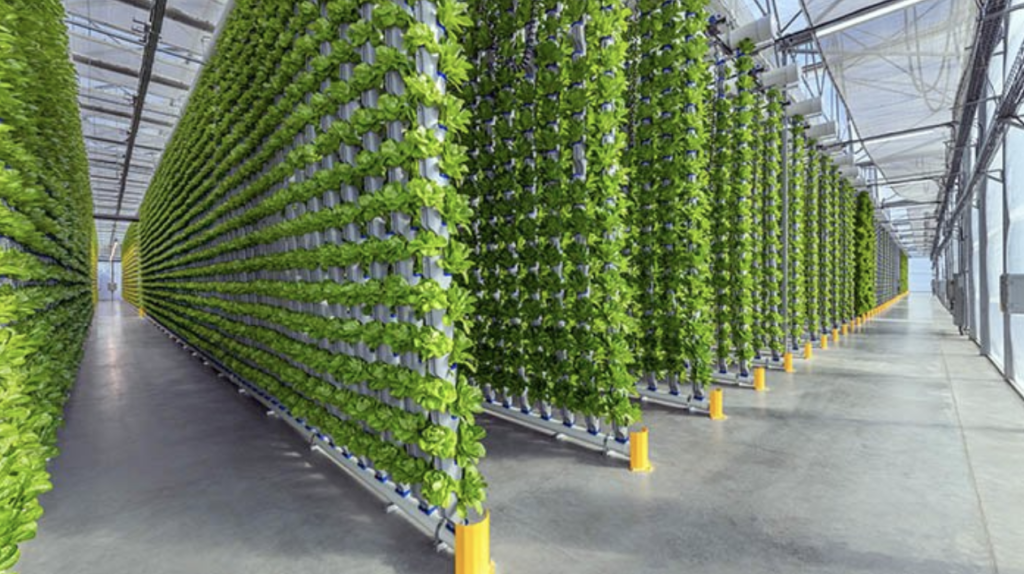In recent years, the concept of vertical farming has emerged as a promising solution to the challenges of urban food production. Originating from the visionary ideas of Dr. Dickson Despommier, vertical farming gained momentum with the establishment of Sky Greens in Singapore in 2012. This innovative approach involves growing crops in vertically stacked layers, utilizing advanced technology such as LED lighting and hydroponic systems.

Vertical farming offers numerous advantages over traditional agriculture. By maximizing land use efficiency and minimizing water usage, it addresses concerns about food security and environmental sustainability. Furthermore, the controlled indoor environment protects crops from adverse weather conditions and pests, reducing the need for pesticides.
Technological innovation plays a central role in the success of vertical farming. LED grow lights simulate natural sunlight, while hydroponic systems deliver nutrients directly to plant roots. Automation and data analytics optimize resource utilization, ensuring efficient operations and higher yields.
Although vertical farming faces challenges such as high initial costs and energy consumption, its potential to revolutionize urban agriculture is undeniable. As a senior in high school, I am excited about the future of vertical farming and its role in creating a more sustainable and resilient food system for generations to come.
Read more about Vertical Farming and Profitability: https://www.edengreen.com/blog-collection/is-a-vertical-farming-business-profitable
